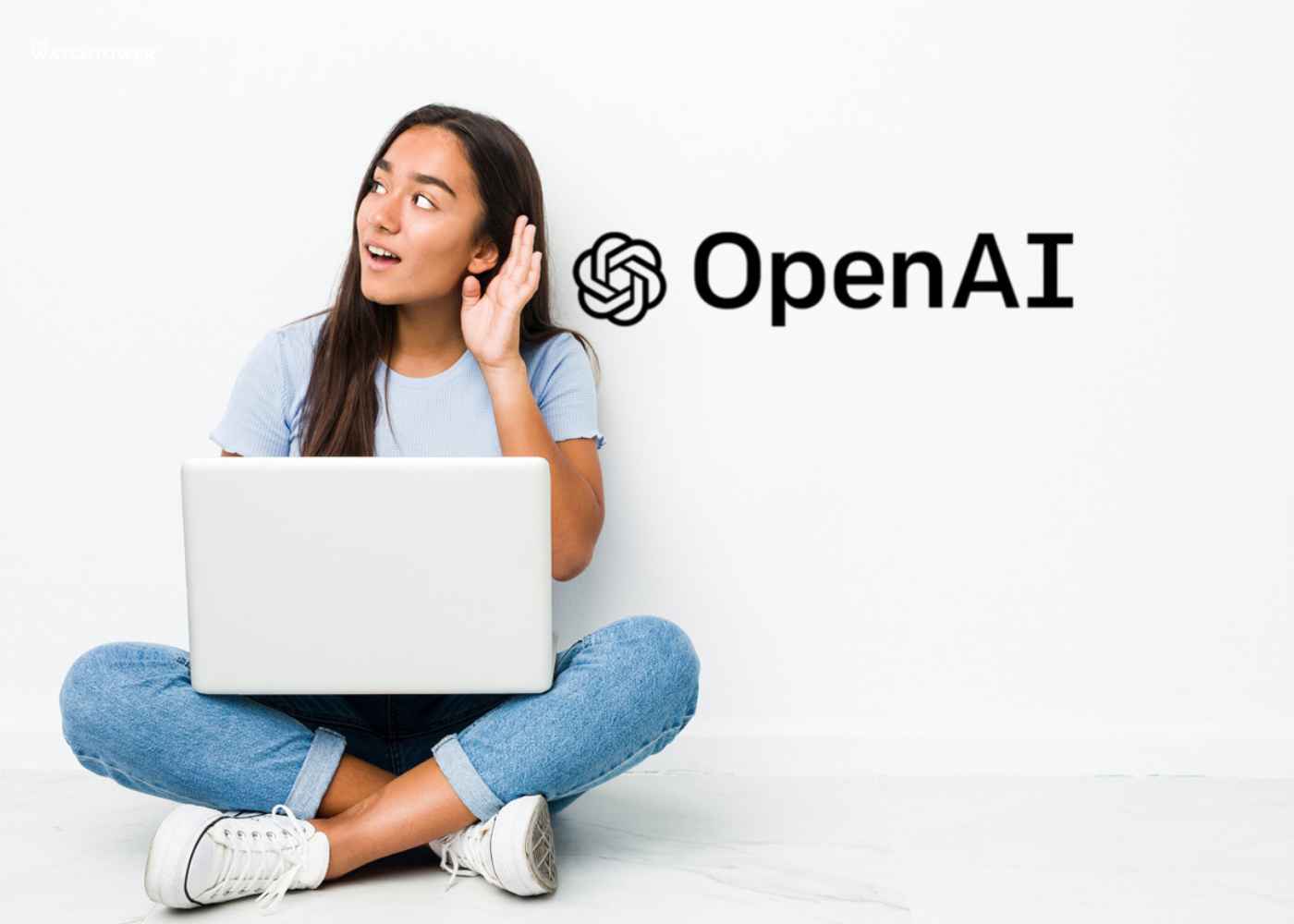
I just believe it’s easier to be successful when you’re an established brand. I guess one just gets to have ears on the inside scoop of the next big thing, especially if you truly have smart people whom you trust around you. Or how else do we explain how the overnight superstar app ChatGPT, owned by OpenAI, was co-founded by the almost controversial billionaire Elon Musk? Ok, I'll leave that there.
Let's talk more about innovation today, shall we? While every industry has enjoyed a form of a leap from technology in a different phase, today’s topic will highlight how ChatGPT suddenly got to enjoy the limelight towards the brink of the year and has enjoyed massive signups already, barely four months after open access. We will also see what ChatGPT is about, why it is much talked about, and its fame in the world of innovation.
What is ChatGPT?
ChatGPT is a pre-trained language model developed by OpenAI. It is a variant of the GPT (Generative Pre-trained Transformer) model, which is trained on a large dataset of conversational text, allowing it to generate human-like responses to text input.
ChatGPT can be fine-tuned for a variety of natural language processing tasks, such as language translation, question answering, and text summarization.

What can I do with ChatGPT?
ChatGPT can be used for a variety of natural language processing tasks, such as:
- Text generation: ChatGPT can generate text that is like the input it is given. This can be used to create chatbots, generate creative writing, and more.
- Language Translation: ChatGPT can be fine-tuned to perform language translation between different languages.
- Text summarization: ChatGPT can be fine-tuned to summarize a given text.
- Question answering: ChatGPT can be fine-tuned to answer questions based on a given context.
- Dialogue systems: ChatGPT can be used to create conversational AI systems that can engage in human-like conversation.
- Text Classification: ChatGPT can also be fine-tuned to classify text into different categories like sentiment analysis, spam detection, and more.
Note that, to use ChatGPT for these tasks, it would need to be fine-tuned based on specific task-related data.

What makes ChatGPT stand out from other AI?
Pre-training: ChatGPT is pre-trained on a large dataset of conversational text, which allows it to generate human-like responses to text input. This pre-training allows ChatGPT to perform well on a wide range of natural language processing tasks without the need for as much task-specific training data.
- Language understanding: ChatGPT has a deep understanding of the structure and meaning of natural language, which allows it to generate natural-sounding responses and perform well on tasks like language translation and question answering.
- Fine-tuning: ChatGPT can be fine-tuned on a smaller dataset of task-specific data, which allows it to adapt to new tasks and domains quickly.
- Large Scale: ChatGPT is trained on a large scale with a massive amount of data, this allows it to learn a wide range of language patterns and variations which makes its output more natural and diverse.
- Open-source: ChatGPT is open-source software, which means that it can be freely used, modified, and distributed. This has led to a vibrant community of developers and researchers working to improve the model and its applications.
What are the possible drawbacks of ChatGPT?
ChatGPT, like any other AI model, has some limitations and drawbacks, some of which include:
- Lack of common sense: ChatGPT is trained on a large dataset of text, but it doesn't understand the real world. It may not be able to understand or reason about certain concepts or situations that it hasn't seen in its training data.
- Biases in the training data: ChatGPT is trained on a dataset of text from the internet, and this data may contain biases and stereotypes. Therefore, the model may generate responses that perpetuate these biases and stereotypes.
- Lack of control over the output: ChatGPT generates text based on the input it is given and the patterns it has learned from its training data. This can lead to unpredictable or nonsensical responses.
- High computational cost: ChatGPT is a large language model which requires a lot of computational resources to run, this could be a problem for some low-resource environments or devices.
- Privacy and security: as ChatGPT are a large language model, it requires a massive amount of data to train on. This data could include sensitive information and could pose a security and privacy risk if not handled properly.
- Dependency on the internet: Some of the pre-trained models of ChatGPT are hosted on the cloud and may require internet access to function properly. This could be a problem in areas with poor internet connectivity or in situations where internet access is restricted.
We are a fully operational internet-based marketing company based in Dubai. We are committed to developing effective content and strategies for corporate brands that want to shine in the online world.




















Comments (2)
oliver
Apr 07, 2025
I didn’t have any expectations concerning that title, but the more I was astonished. The author did a great job. I spent a few minutes reading and checking the facts. Everything is very clear and understandable. I like posts that fill in your knowledge gaps. This one is of the sort.
Vikas
Mar 14, 2025
According to the chat ChatGPT is a convenient tool for communication and information search. But I also discovered the Cabina.AI platform, which offers users access to advanced artificial intelligence technologies, providing fast and accurate answers. With Cabina.AI, you can solve various tasks from text generation to assistance in learning. Ease of use and wide functionality make the chat useful for everyone.
Write a Comment